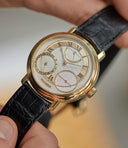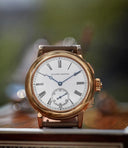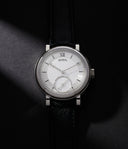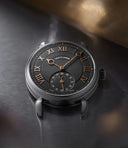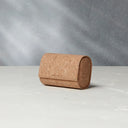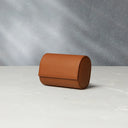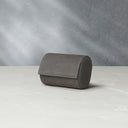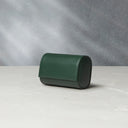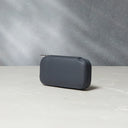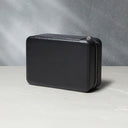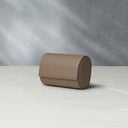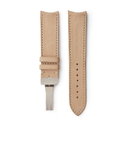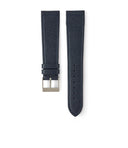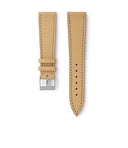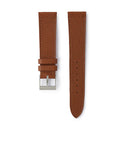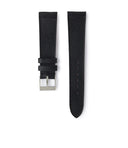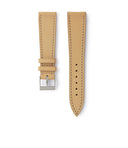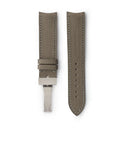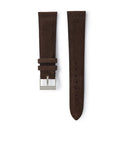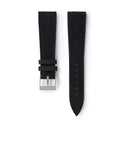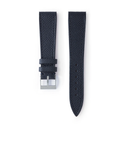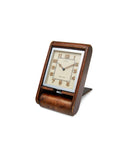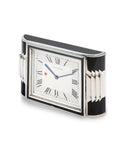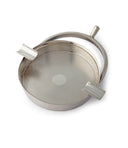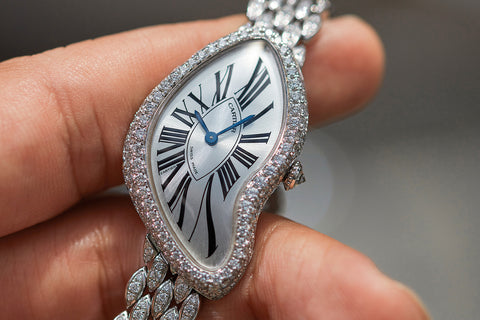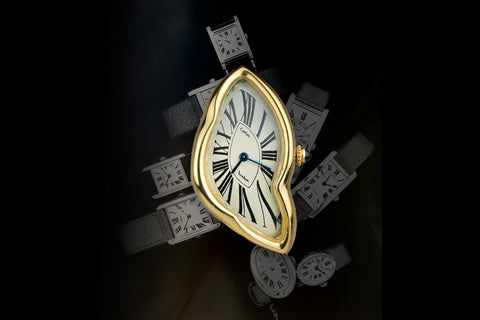Cartier in London
Founded in 1847 by the jeweller Louis-François Cartier, the creativity and impact of Cartier over the course of its history is undeniable. King Edward VII once described it as “the jeweller of kings, and the king of jewellers.” In 1904, the Brazilian aviator Alberto Santos-Dumont complained to his friend Louis Cartier about the impracticalities of using a pocket watch whilst flying. In response to this, Cartier designed the Santos, possibly one of the first wristwatches ever made. Since then, the French jeweller has left its mark on the world of horology, perpetually creating elegant, refined timepieces, while remaining faithful to its core design principles.
Throughout the 20th century, Cartier’s global reach expanded, with branches in Paris, New York and London. With striking models ranging from the Baignoire to the Asymétrique, the New Bond Street branch in London was arguably the most daring, adventurous and creative of all three. With the majority of its output dating from the period between 1966 to 1974, London was behind possibly one of Cartier's boldest designs to date - the Crash.
The Crash
According to rumours, the Crash was first born after a client brought in their wristwatch for repair, after it had partially melted in a fiery car crash. The French jeweller is said to have made a mould of the distorted case, using it as inspiration for this new design. Unfortunately, this story has since proven to be untrue, however appealing it might be. In fact, the piece was first imagined and sketched by Jean-Jacques Cartier and Rupert Emmerson, in 1967.
Though Cartier had played with different shapes before then, the Crash was unlike anything the jeweller had ever produced. One of the very first models was sold to the British actor Stewart Granger, who was after something different. However, about after a week of use, he brought it back to the New Bond Street branch, because the design was too bold for his taste. The fact that the Crash remains so compelling and forward-thinking, decades later, speaks to the strength of the idea behind it.
Since its inception, the Crash has always been produced in limited numbers. From the ’60s onwards, it is estimated that no more than a few dozen left the London workshop. From 1991, the production of the model moved to Paris, with only around 400 pieces being made. More recently, in 2018, the New Bond Street branch also announced that they would be recreating the design once again, though only at a rate of one piece a month. A small handful of custom pieces were also created for the jeweller’s closest clients.
A Daring Design
This Cartier Crash Radieuse ref. 4127 is a contemporary take on the traditional Crash aesthetic, and only 50 examples were made, making this an extremely rare example, even compared to earlier editions made in the 90s. Introduced in 2018, the watch pushes the surrealist aspects of the watch to the extreme.
The dial features a pattern of rippled circles, distorted to reflect the curvature of the case. The numerals are in a light, faded grey that appears hidden under deep black lines that trace the contours of the dial. These ripple outwards in a pattern that is picked up by the yellow gold case, in stylised gadroons that extend the design and emphasise the case shape. The effect is especially otherworldly and mirage-like, playing into the spirit of the piece with great success.
The beaded crown is set with a diamond, instead of the usual sapphire or ruby cabochon, and you can find the ”Cartier” signature discretely placed between 12 and 1 o’clock, in the same position as the original. Above this, the sword-hands are made out of blued steel, adding a nice touch of contrast to the grey tones of the watch. As with the original, the yellow gold deployante clasp is also executed in an unusual, asymmetrical shape.
The Movement
The Radieuse is powered by the 8970 MC, which is hidden behind the classically closed case back. The overall construction has been adapted to the Crash's specific case, and is likely a variant of the 8971 MC, which is found in the Cartier Tank Louis Cartier 100th Anniversary watch and in turn, based off the Jaeger-LeCoultre 846.
The watch is accompanied by its complete box and papers, and the original certificate notes that the watch has an especially low number, below 10.
































































































